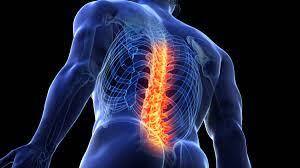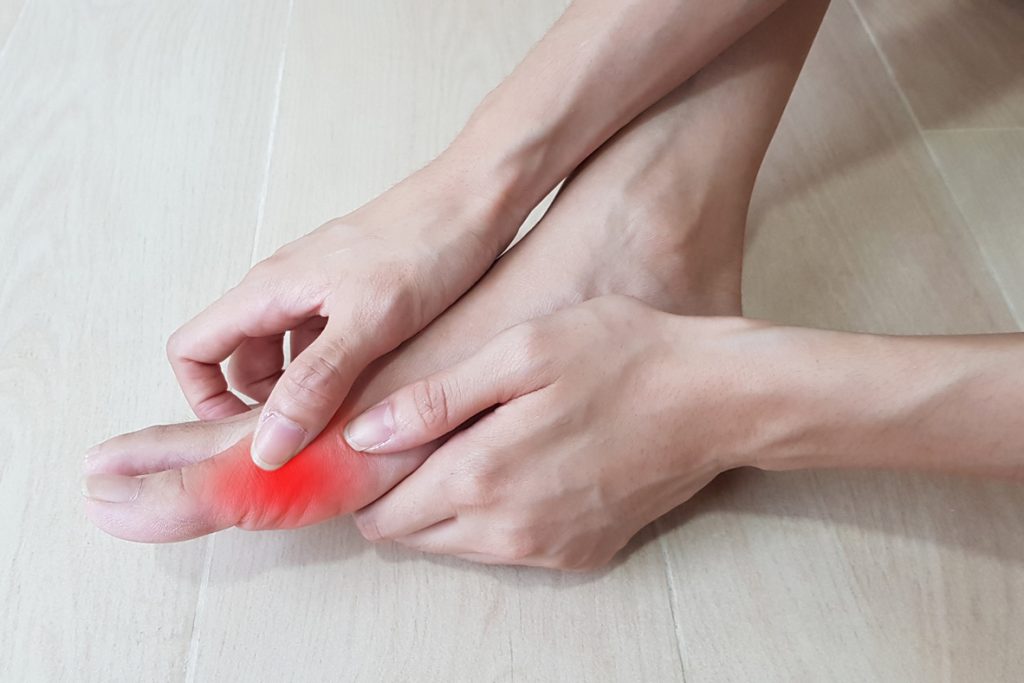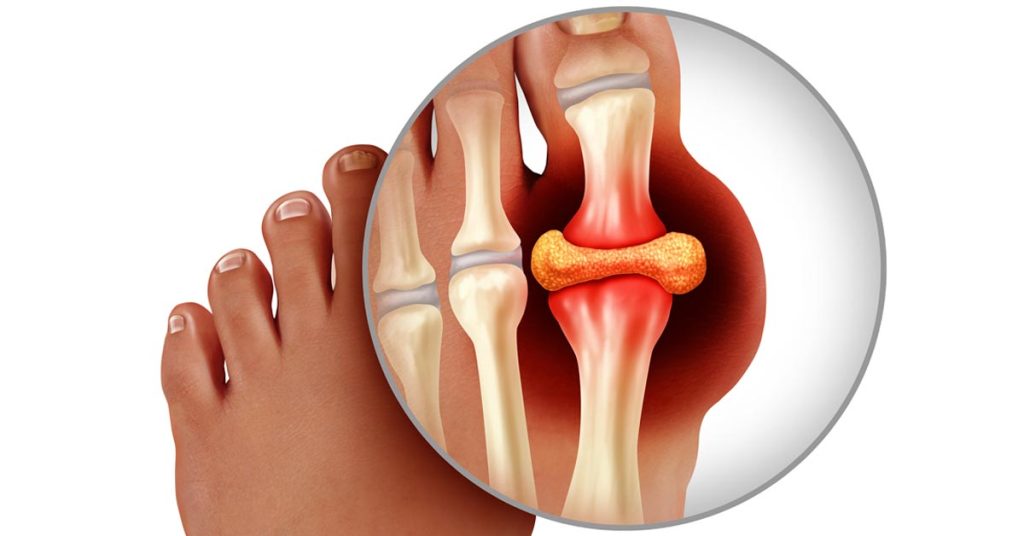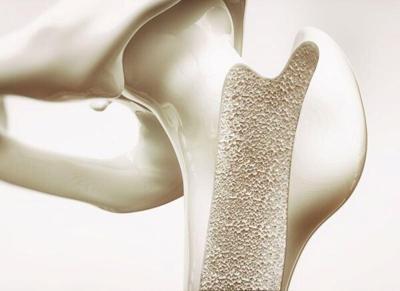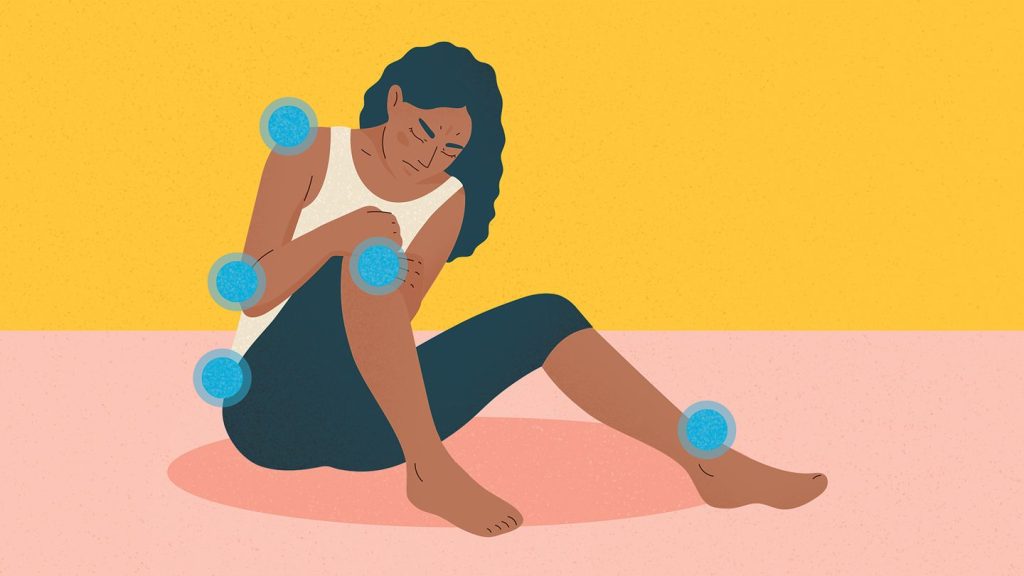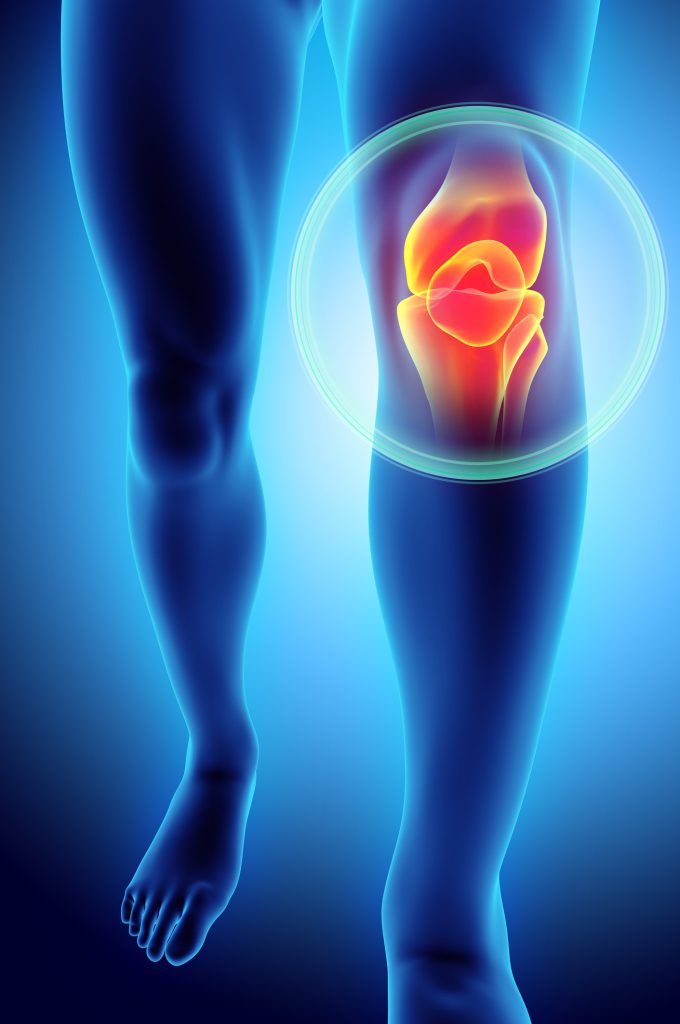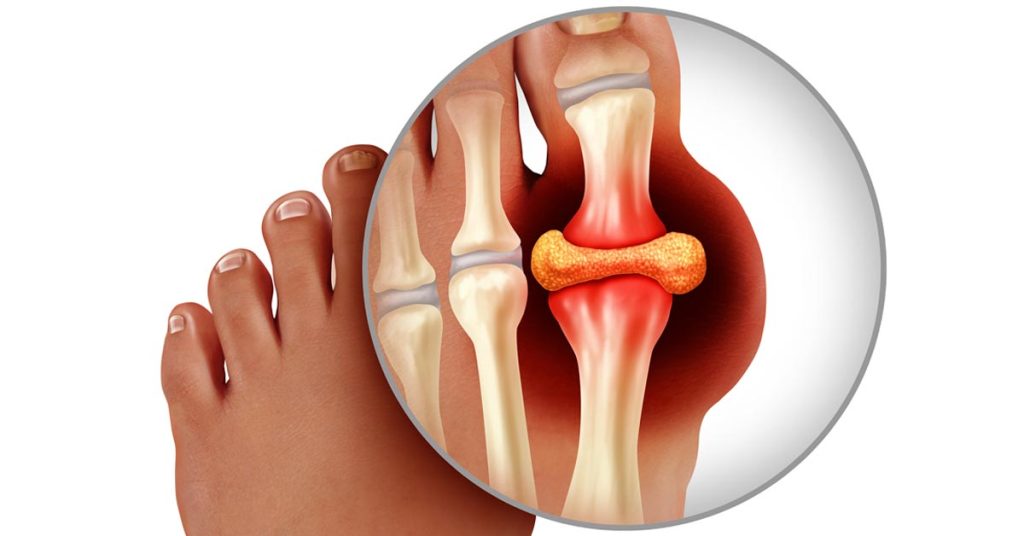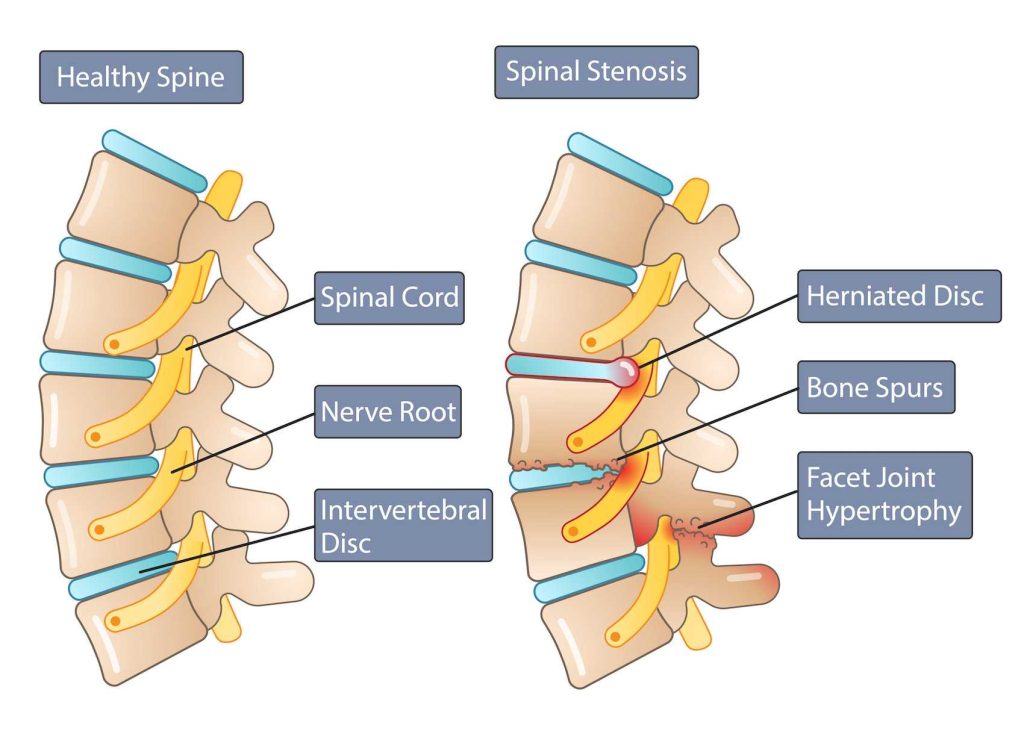Lupus Signs, Symptoms, and Co-occuring Conditions
Lupus affects everyone differently, but certain signs and symptoms are common. [A sign is a medical evidence your doctor finds during a physical exam, such as a specific rash; a symptom is a subjective indication of disease, such as joint stiffness or a headache.] In addition, other conditions, such as fibromyalgia, occur commonly in people with lupus but are not directly due to disease activity. These co-occurring conditions are known to doctors as “comorbidities.” Several signs, symptoms, and comorbidity of lupus are detailed below.
Fever
The average human body temperature is around 98.5°F, but many people run just above or below that mark. A temperature of 101°F is generally accepted as a fever. Many people with lupus experience reoccurring, low-grade temperatures that do not reach 101°. Such low-grade temperatures may signal oncoming illness or an approaching lupus flare. Fever can also signal inflammation or infection, so it is important to be aware of the patterns of your body and notify your physician of anything unusual.
Joint Stiffness
Many lupus patients experience joint stiffness, especially in the morning. People often find that taking warm showers helps to relieve this problem. If this habit does not offer comfort and joint stiffness prevents you from daily activity, be sure to speak with your doctor. He/she will examine you for any signs of joint swelling and can speak with you about medications that may ease some of this pain and inflammation, such as over-the-counter pain treatments and NSAIDs. Tenderness of a joint in known as arthralgia, and it is important that your doctor distinguish this from the arthritis (true swelling) that may accompany lupus.
If you experience a fever lasting a few days or fevers that come and go over a few days, you should take your temperature twice daily and keep a record. Certain trends may alert your doctor to specific processes occurring in your body. In addition, a fever of 101°F or more should be given medical attention. If you are taking steroid medications such as prednisone, be alert for any sign of infection, since steroids can suppress your immune system while also masking symptoms of infection. Immunosuppressive medications such as azathioprine, methotrexate, cyclophosphamide, and mycophenolate also suppress the immune system, so if you begin to feel ill when taking one of these medications, notify your doctor immediately.
Weight Changes / Weight Loss
Increased lupus activity can sometimes cause weight loss, and certain medications can cause loss of appetite. No matter what the cause of your weight loss, you should speak to your doctor to ensure that the loss does not indicate a more serious condition. If you experience a loss of appetite due to your medications, your doctor may suggest alternative medications or solutions to ease stomach discomfort.
Weight Gain
Other medications, such as corticosteroids, can cause weight gain. Therefore, you must speak to your doctor about maintaining a balanced diet while taking these medications. You may need to reduce your calorie consumption; your physician can refer you to a nutrition counselor if needed. Light to moderate exercise can also help you to maintain a healthy weight and cardiovascular system, while also boosting your mood. Please remember that it is very easy to gain weight, especially when taking steroids, but it is much more difficult to lose it. You must try to achieve a healthy weight because women with lupus between the ages of 35 and 44 are fifty times more likely to experience a heart attack than the average woman. In addition, maintaining a healthy weight helps to alleviate stress on your joints and keeps your organs working productively and efficiently.
Fatigue and Malaise
Ninety percent of people with lupus will experience general fatigue and malaise at some point during the disease. Some people find a short 1 ½ hour afternoon nap to be effective in reducing fatigue. However, exceeding this time frame might lead to problems sleeping at night. If you feel that you are tired throughout most of the day and that fatigue prevents you from engaging in daily activities, speak to your doctor. Fatigue accompanied by pain in certain parts of your body may be a sign of a treatable condition called fibromyalgia. Other fatigue-inducing conditions, such as anemia, low thyroid, and depression, can also be treated. If you and your doctor decide that your malaise is due solely to lupus, try to stay as active and mobile as possible during your daily routine. Often this can be difficult, but many people find that slightly pushing themselves to engage in light to moderate exercise actually increases their energy levels. However, you should never push yourself beyond reasonable discomfort.
Sjogren’s Syndrome
As many as 10% of people with lupus may experience a condition called Sjogren’s syndrome, a chronic autoimmune disorder in which the glands that produce tears and saliva do not function correctly. Sjogren’s can also affect people who do not have lupus. People with Sjogren’s often experience dryness of the eyes, mouth, and vagina. They may also feel a gritty or sandy sensation in their eyes, especially in the morning. This dryness occurs because the immune system has begun to attack the moisture-producing glands of the eyes and mouth (the lacrimal and parotid glands, respectively), resulting in decreased tears and saliva.
You must speak to your doctor if you experience dryness of the eyes and mouth since the medications for these conditions must be taken regularly to prevent discomfort and permanent scarring (especially of the tear glands). The Schirmer’s test is usually performed to check for Sjogren’s and involves placing a small piece of litmus paper under the eyelid. Eye symptoms can be relieved by frequent use of Artificial Tears, and an eyedrop medication called Restasis is often used to prevent the worsening of Sjogren’s. Evoxac (or pilocarpine) can be used to increase both tear and saliva production, and certain lozenges (Numoisyn) can also be helpful for dry mouth.
Depression
Depression and anxiety are present in almost one-third of all people with lupus. Clinical depression is different than the passing pangs of sadness that can haunt all of us from time to time. Rather, clinical depression is a prolonged, unpleasant, and disabling condition. The hallmark characteristics of depression are feelings of helplessness, hopelessness, general sadness, and a loss of interest in daily activities. Depression also often involves crying spells, changes in appetite, nonrestful sleep, loss of self-esteem, inability to concentrate, decreased interest in the outside world, memory problems, and indecision. In addition, people who are depressed may suffer from certain physiologic signs, such as headaches, palpitations, loss of sexual drive, indigestion, and cramping. Patients are considered to be clinically depressed when they experience symptoms that last for several weeks and are enough to disrupt their daily lives. Patients suffering from depression also often experience a general slowing and clouding of mental functions, such as memory, concentration, and problem-solving abilities. This phenomenon is sometimes described as a “fog.” The cause of depression is not known; sometimes a genetic component predisposes an individual to the condition. Depression is rarely due to active lupus in the brain.
While clinical depression can be caused by the emotional drain of coping with a chronic medical condition and the sacrifices and adjustments that are required of the disease, it can also be induced by steroid medications (e.g., prednisone) and other physiological factors. You must speak with your doctor if you feel you are experiencing clinical depression because many people who are physically ill respond well to anti-depressant medications. In addition, your doctor may treat your depression in different ways depending on the cause.
Gastrointestinal Problems
Many people with lupus suffer from gastrointestinal problems, especially heartburn caused by gastroesophageal reflux disease (GERD). Peptic ulcers can also occur, often due to certain medications used in lupus treatment, including NSAIDs and steroids. Occasional heartburn or acid indigestion can be treated with an over-the-counter antacid, such as Rolaids, Maalox, Mylanta, or Tums. Your doctor may also include an antacid or another form of GI medication (a proton pump inhibitor, histamine2 blocker, or promotility agent) in your treatment regimen. Antacids are effective when used to treat occasional symptoms, but you should try to avoid heartburn and acid indigestion altogether by eating smaller meals, remaining upright after eating, and cutting down on caffeine. If heartburn and acid reflux persist (e.g., for more than two weeks), you should speak with your doctor, because your heartburn symptoms could indicate a larger problem.
Thyroid Problems
The thyroid is the gland in your neck associated with your metabolism the processes by which your body makes use of energy. Autoimmune thyroid disease is common in lupus. It is believed that about 6% of people with lupus have hypothyroidism (underactive thyroid) and about 1% have hyperthyroidism (overactive thyroid). A thyroid gland that is functioning improperly can affect the function of organs such as the brain, heart, kidneys, liver, and skin. Hypothyroidism can cause weight gain, fatigue, depression, moodiness, and dry hair and skin. Hyperthyroidism can cause weight loss, heart palpitations, tremors, and heat intolerance, and eventually lead to osteoporosis. Treatment for both underactive and overactive thyroid involves getting your body’s metabolism back to the normal rate. Hypothyroidism is usually treated with thyroid hormone replacement therapy. Hyperthyroidism is treated with anti-thyroid medications or radioactive iodine.
Osteoporosis
Osteoporosis (bone thinning) occurs when the bones lose calcium and other minerals that help keep them strong and compact. This condition can lead to fractures, bone pain, and shorter stature. Everyone is at risk for osteoporosis as they age, but women experience a greater risk of the condition after menopause. Studies have shown that people with lupus are at an increased risk for osteoporosis due to both the inflammation they experience with the disease and the use of prednisone.
Your bones are constantly being remodeled in a process that removes old bone cells and deposits new ones. In people with osteoporosis, the bones lose minerals faster than they can be regenerated. Medications called bisphosphonates (e.g., Actonel, Fosamax, Boniva, and Reclast) can be taken to help prevent your bones from losing calcium and other minerals by slowing or stopping the natural processes that dissolve bone tissue. In doing this, bisphosphonates help your bones remain strong and intact. If you have already developed osteoporosis, these medications may slow the thinning of your bones and help prevent bone fractures. In fact, studies have shown that bisphosphonates can lower your risk of fractured vertebrae bone segments that make up your spine by 50%. Similar studies demonstrate that these medications can lower the chance of breaking other bones by 30-49%. However, when bisphosphonates are unsuccessful, patients may need a daily injection of parathyroid hormone (Forteo) to build bone.
